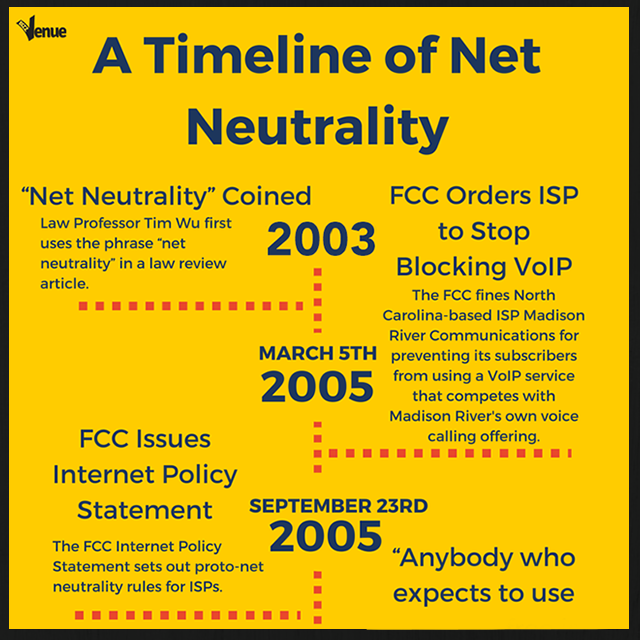
Securing venture capital is no easy task. The startup realm is denser than ever, and due to a number of factors venture capital funding is not at an all time high – even though there are more mouths to feed. Creating a terrific presentation is just one step to securing venture capital, but it is just one step. The number of other factors are outrageous (and rightfully so) and include being able to run a business – because ideas are not enough today.
As a venture capital firm, we are not in the business of funding inventors or inventions, we are in the business of funding fast-growing companies – Micah Rosenbloom, Founders Collective
Today, you’ve got a hundred theories on how to raise venture capital, and thousands of articles on what to do, and not to do to ensure that you get that money. We are not going to tell you “5 Way to Guarantee VC”, because that would be a lie. However, here are 5 crucial tips and notes you’ve got to have in mind when hunting for venture capital. Hopefully it’ll work for you.
1. Investing In People
The very successful Marc Anderseen is not one to shy away from saying what he thinks on all things. He knows what he thinks and he says it. Like we’ve heard from many investors for a long time, they look at the people behind the ideas. Anderseen says that as much as he and his counterparts like talking about technology, and market cap., it would be irresponsible not to look at the people and see if they have the courage to undertake the venture.
When we meet an entrepreneur, not only are we evaluating the technology or the market or the business, we’re also evaluating the person and asking ourselves, ‘is this somebody we want to work with for the next five years? – Damien Steel, OMERS Ventures
2. Start with Your Money or No Money
Mark Cuban is an investor. He wants to invest – it’s how he makes money. So when he says that great companies start without investors (Apple, Dell and Microsoft), he’s sending a message. They bootstrap the early ride, and only once there is some traction and signs of growth, capital is needed. With the globalization of the web, creating traction for a great product has become much more simplified (it still takes work).
When you go to a venture capitalist in hopes of grabbing your first series of funding, make sure that you are so confident in your idea that you are willing to go through your own funds, or live off close to nothing for a few months, before the fundraising.
3. Discuss Demand
It is really important to articulate that the product or service that you are pitching is solving an actual need. Many times, entrepreneurs immediately start to explain their ideas, technologies, or approach to delivering better or more efficient service to the market. They gloss over whether or not there is an actual need in the marketplace for what their company is offering. – Charley Haray
How did ClassPass get part of their initial funding? One of the investors, Fritz Lanman said – “They’re improving people’s lives, literally. Not many companies can say, ‘We’re making people healthier and happier.’” When you have the ability to improve people’s lives, funding will just come naturally.
4.Have Plan B and C
One of the most basic things any successful person knows, it’s that plan A does not always work out. The same is true in the realm of venture capital funding. Do you think the funding is a gift? Each plan revolves around a different situation, and every meeting with an investor is a different situation. At every phase of your startup’s life, you should be trying to raise a different amount – there is no one set amount of funding.
What Happens if the investor offers half of what you “need”? You need to be able to explain what you are going to be able to do with that. In short, how soon can you reach profitability. You need to understand who you are speaking with, and see how they have invested in the past – on par with investors or under par?
5. The Valuation Issue
Coming up with your valuation is not a walk in the park, and we won’t be discussing that (this is a great resource if you need a valuation). Once you do have your valuation, do not share it with a potential venture capitalist, rather know it and keep it to yourself. Why? If you offer a value that is too low, you’ve set a low ceiling that will come back to haunt you in later rounds or a sale. If your valuation is too high, then you just scare the investors away. There are enough details to present, and if you show yourself as a business, with a winning culture, and not just an idea, the valuation won’t be necessary.
And the right strategy, in fundraising, is to have multiple plans depending on how much you can raise. Ideally you should be able to tell investors something like: we can make it to profitability without raising any more money, but if we raise a few hundred thousand we can hire one or two smart friends, and if we raise a couple million, we can hire a whole engineering team, etc. – Paul Graham (blog excerpt)
Oh, and just so you know:
i really hate when i see an investment pitch with no y-axis labels, or a growth rate with no indication at all of absolute numbers
— Sam Altman (@sama) November 24, 2014
If we were you, we’d take his advice – it’ll go a long way in securing venture capital for your startup.



